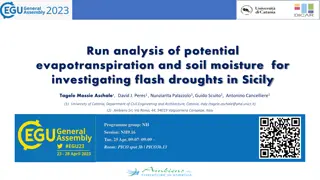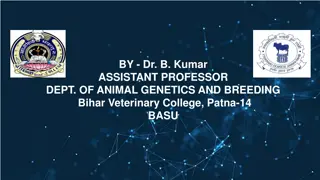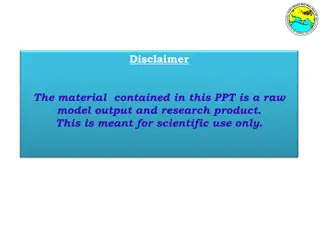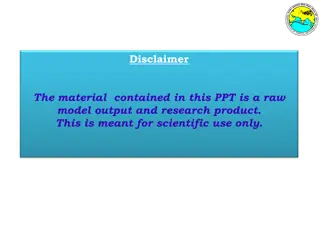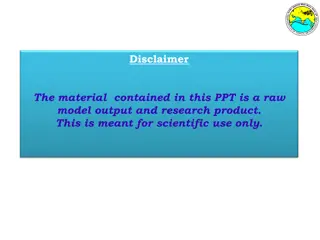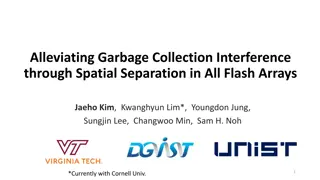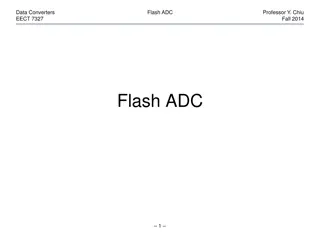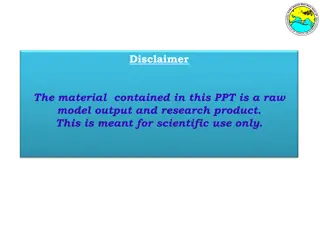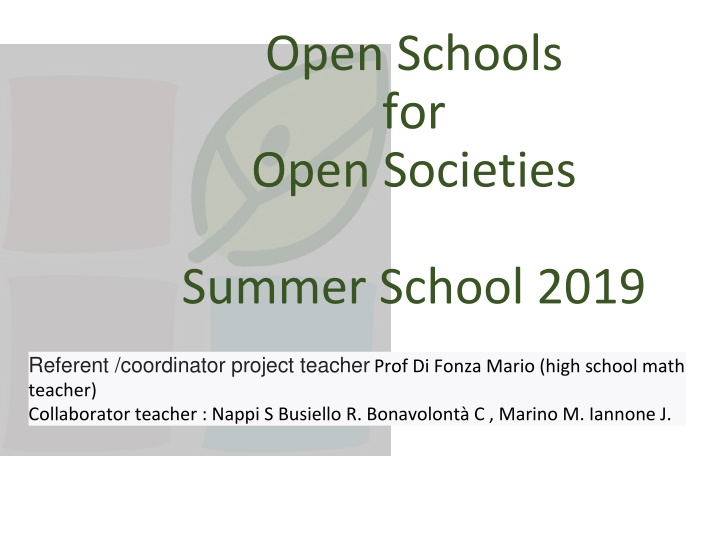
Sustainable Mobility for Smart Cities
Explore the concept of sustainable urban planning and mobility in the context of modern cities. This project aims to address global warming, CO2 emissions, and create environmentally friendly transportation solutions. Students will develop models of clean, sustainable cities and promote innovative ideas for a smarter future through TED talks and active engagement.
Download Presentation

Please find below an Image/Link to download the presentation.
The content on the website is provided AS IS for your information and personal use only. It may not be sold, licensed, or shared on other websites without obtaining consent from the author. If you encounter any issues during the download, it is possible that the publisher has removed the file from their server.
You are allowed to download the files provided on this website for personal or commercial use, subject to the condition that they are used lawfully. All files are the property of their respective owners.
The content on the website is provided AS IS for your information and personal use only. It may not be sold, licensed, or shared on other websites without obtaining consent from the author.
E N D
Presentation Transcript
Open Schools for Open Societies Summer School 2019 Referent /coordinator project teacherProf Di Fonza Mario (high school math teacher) Collaborator teacher : Nappi S Busiello R. Bonavolont C , Marino M. Iannone J.
Description of the project Title: Flash mob-ility Description: The world s population is constantly increasing. To accommodate everyone, we need to build modern, sustainable cities. For all of us to survive and prosper, we need new, intelligent urban planning that creates safe, affordable and resilient cities with green and culturally inspiring living conditions. Transport is fundamental for the economy and for our society: not only to go to school or work, but to keep the market alive, guaranteeing the movement of raw materials, goods and services in the world. In fact, moving ensures the exchange of goods, progress and quality of life. How to resolve this contrast? To ensure global development, reducing mobility is unthinkable; we need to move towards new transport strategies that reduce costs for companies and citizens, especially in terms of the quality of the environment and citizens. Learning Objectives: improve the liveability of cities develop behaviors useful to reduce global warming and CO2 emissions declining the concept of "sustainability" in terms of: environmental, social and economic.
Feel Sustainable Mobility or transport The aims of the project are: learn about the concept of sustainability in both environmental and socio-economic terms learn about the problems that affect the whole world, namely the problems that affect western cities and Italian cities
Imagine Students create a model of a clean city and sustainable city, where all people have access to services and offers. In order to spread this model of a modern and smart city they plan to produce a TED- ideas worth spreading- to reach a large number of citizens inside and outside the country.
Create Students will be improvised managers of a smart city, managers of city administrations and active communicators in advertising progress in order to make everyone aware of their commitment to sustainable mobility. They will create a dossier on a chosen area, presenting a topical selection of solutions to support the effectiveness of the electric cars and bikes and cars sharing. ITS (Intelligent Transport Systems) are a reality. Investigate your car to see which intelligent transport tools are already present: navigators, speed limiters, reverse sensors, safety alarms. Equipped with maps of the area, in groups, students will organize themselves to survey the number of circulating private electric and / or hybrid cars, car-sharing and identify the location of columns for electric charging. An interview will follow with car-sharing managers of electric cars and / or owners of electric or hybrid cars, as follow: why did you choose this vehicle? Do you save money? Do you save time? Who would you recommend it to? What is the strong point? and which the weak once?
Students will calculate carbon footprint through this site and subsequently they will reproduce the greenhouse effect in the classroom through a simple experiments
Share Pupils will put together the results of the various surveys conducted and will prepare a presentation to be shared in public, and on the school's social channels, with an update proposal about sustainable urban mobility in their own city, with the promotion of low environmental impact vehicles to create a sustainable city. Pupils will choose an initiative or a technology aimed at containing the carbon emissions and create a poster, or a presentation, in order to introduce and explain it during the Earth day. Students will create a set of rules to follow daily where they will illustrate how to lower the CO2 footprint.

